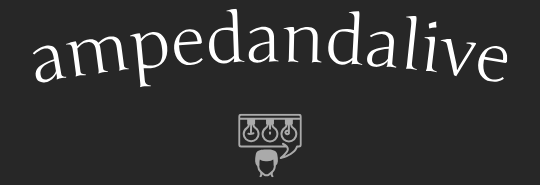Exploring the World of Cubist Sculpture: A Fusion of Form and Fragmentation
In the realm of art history, Cubism stands as a revolutionary movement that reshaped the way we perceive and interpret form. While often associated with painting, Cubism’s influence extends into the realm of sculpture, where artists sought to capture the essence of objects from multiple viewpoints. Let’s delve into the fascinating world of Cubist sculpture, where geometry meets artistic expression in dynamic and innovative ways.
The Birth of Cubist Sculpture: Breaking Boundaries
Cubist sculpture emerged in the early 20th century, born out of the revolutionary ideas of artists like Pablo Picasso and Georges Braque. These artists sought to move beyond the traditional confines of sculpture, exploring new ways to represent the three-dimensional world. By breaking objects down into geometric shapes and fragmented planes, they challenged the viewer to see beyond the surface and into the essence of form.
Deconstructing Reality: Cubism’s Approach to Form
One of the defining features of Cubist sculpture is its approach to form. Instead of presenting objects in a realistic manner, artists fragmented and rearranged them to depict multiple perspectives simultaneously. This deconstruction of reality allowed for a more dynamic and fluid representation of form, capturing the energy and movement of the modern world.
Geometry Transformed: The Language of Cubist Sculpture
Central to Cubist sculpture is the use of geometric shapes to represent objects. Cubist artists embraced cubes, cones, spheres, and other abstract forms to create sculptures that challenged traditional notions of representation. These geometric elements were not simply decorative; they served as a visual language through which artists could explore the underlying structure and essence of their subjects.
Dynamic Motion in Sculpture: Capturing Energy in Bronze
Cubist sculpture often conveys a sense of dynamic motion, as if objects are in a constant state of flux. Artists used fragmented planes and intersecting lines to create sculptures that appear to move and shift before the viewer’s eyes. This dynamic quality is particularly striking in sculptures cast in bronze, where the play of light and shadow enhances the sense of movement and energy.
Shapes in Harmonious Disarray: The Aesthetic of Cubist Sculpture
The aesthetic of Cubist sculpture is one of harmonious disarray, where seemingly disparate shapes come together to form a cohesive whole. Artists embraced the idea of fragmentation, arranging shapes and forms in a deliberate yet seemingly random manner. This aesthetic challenged traditional notions of beauty and composition, inviting viewers to explore the relationship between form and space.
A Study in Perspectives: Cubist Sculpture as Visual Exploration
Cubist sculpture invites viewers to engage in a visual exploration of form and perspective. Instead of presenting a single, static view of an object, artists presented multiple viewpoints simultaneously. This multiplicity of perspectives allows viewers to move around the sculpture, discovering new angles and insights with each step.
Sculpting the Essence of Modernity: Cubist Themes and Motifs
Themes of modernity, technology, and urban life often permeate Cubist sculpture. Artists were inspired by the industrial age, capturing the essence of machines, cityscapes, and the human figure in fragmented and abstract forms. This exploration of modern themes reflects the artists’ fascination with the rapidly changing world around them, as well as their desire to capture its energy and dynamism.
From Picasso to Lipchitz: The Masters of Cubist Sculpture
A discussion of Cubist sculpture would be incomplete without mentioning the masters who shaped the movement. Pablo Picasso’s groundbreaking sculptures, such as “Head of a Woman” and “Guitar,” pushed the boundaries of form and abstraction. Jacques Lipchitz, another key figure, explored the human figure in Cubist terms, creating sculptures that are at once dynamic and deeply expressive. These artists, among others, paved the way for future generations of sculptors to explore the possibilities of Cubism.
Legacy and Influence: Cubist Sculpture in the Modern World
The legacy of Cubist sculpture continues to reverberate in the art world today. Its influence can be seen in the works of contemporary sculptors who continue to explore the interplay of form, space, and perspective. Cubist sculpture remains a testament to the power of artistic innovation, challenging viewers to see the world in new and dynamic ways.
Tags:
cubist sculpture, cubism, geometric forms, artistic expression, dynamic motion, modernity, perspectives, Pablo Picasso, Jacques Lipchitz, art history, artistic innovation Read more about cubist sculpture

